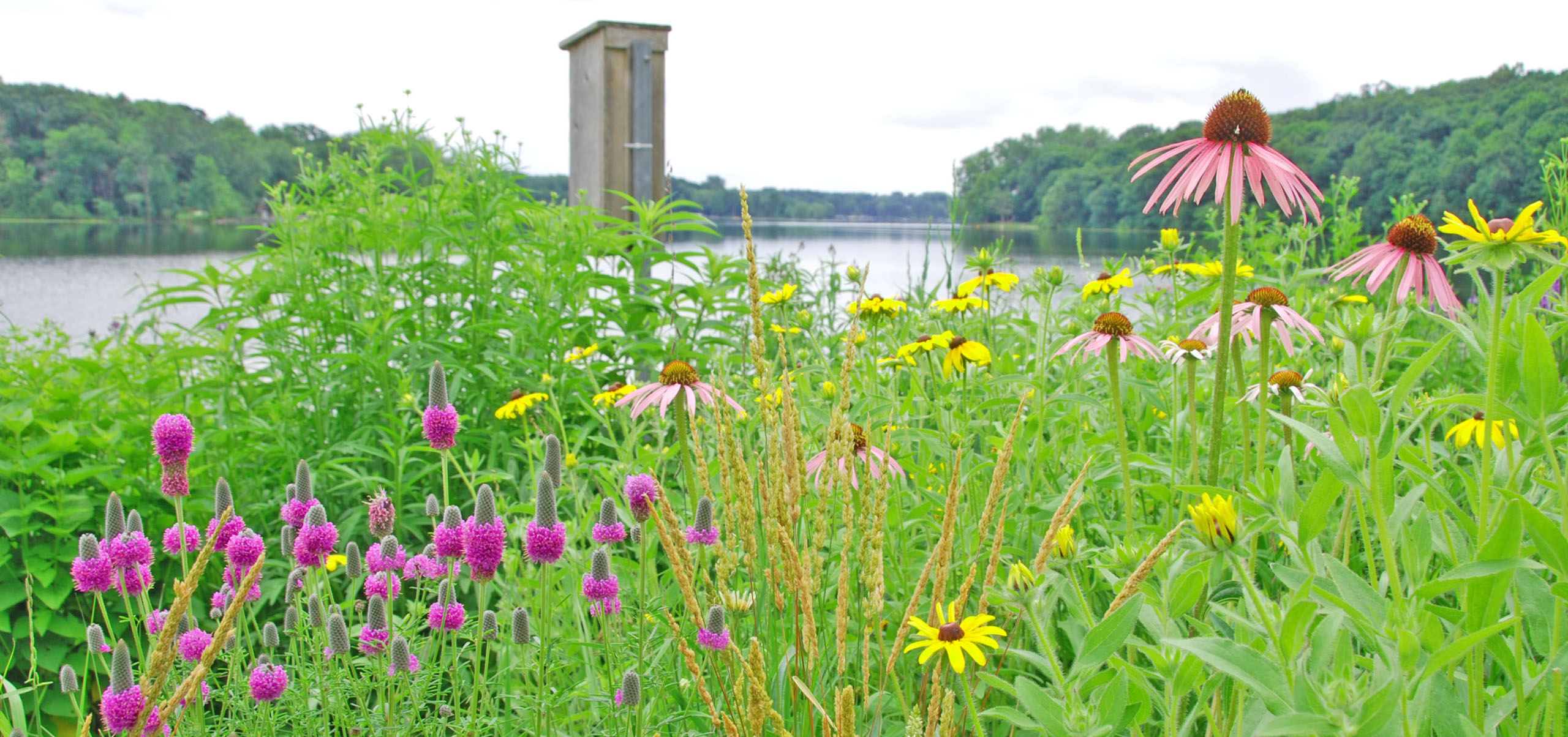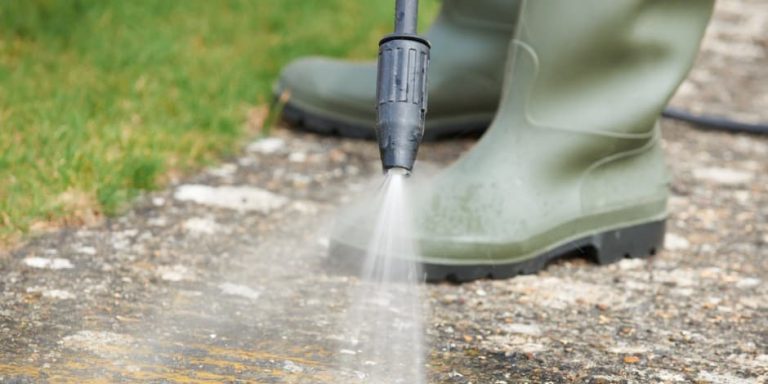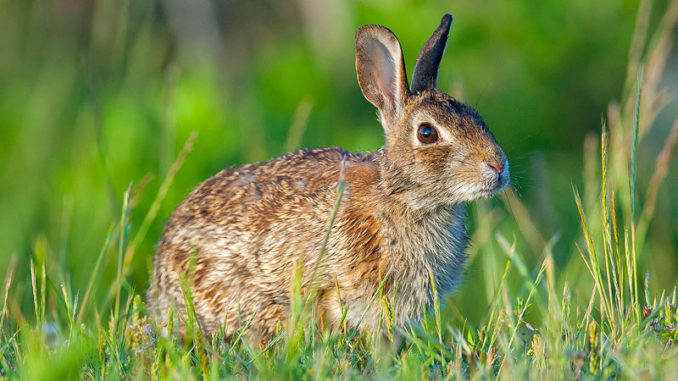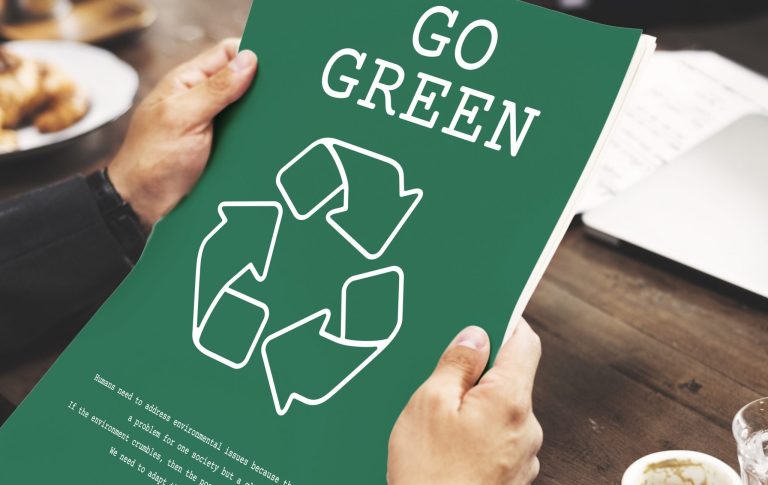
Native plant restoration is a vital effort in protecting local ecosystems and increasing biodiversity. These projects often take place in areas where invasive species have previously dominated or where native habitats have been damaged by human activity. While power washing is a helpful tool for many cleaning and maintenance tasks, its use in or near restoration zones comes with environmental risks. In this article, we’ll explore how power washing can impact native plant restoration efforts—and what you can do to minimize that harm. 💧🌾
🧼 The Purpose of Power Washing
Power washing, also known as pressure washing, uses high-pressure water jets to clean surfaces such as buildings, sidewalks, decks, and driveways. It’s widely used for both aesthetic and maintenance reasons—removing algae, mold, grime, and other debris from hard surfaces.
However, power washing doesn’t discriminate in what it removes or where the water goes. That becomes a problem when you’re near sensitive restoration areas.
🌿 How Power Washing Impacts Restoration Zones
1. Soil Erosion and Compaction
Native plants often rely on undisturbed, loose soil to grow their roots and develop. The high-pressure stream from a power washer can erode delicate soil structures, washing away vital topsoil and compacting what’s left behind. This limits the root expansion and weakens the soil’s ability to retain water.
2. Contaminated Runoff
Many power washing jobs involve detergents or degreasers, and the resulting runoff may carry pollutants like oils, chemicals, or sediment into nearby soil and water systems. In a restoration area, this runoff can harm new plantings and introduce toxins that impact soil microbiomes. 💀🌊
3. Physical Damage to Plants
If power washing is done too close to a restoration site, the spray can directly strike young saplings or fragile grasses. Even a glancing hit may damage stems or leaves, stunting growth or killing the plant altogether.
4. Introduction of Invasive Seeds
Ironically, equipment used for power washing can carry seeds or spores from other locations—especially invasive species. If these cling to hoses or boots and end up in a restoration site, they may outcompete newly planted natives.
Browse Amazon Here For Top Rated Power Washers And Accessories
🧠 Best Practices for Protecting Native Plant Areas
✔️ Buffer Zones
Establish a minimum distance between power washing activity and any restoration areas. Use physical barriers like hay bales or erosion control fencing to stop runoff from reaching sensitive zones.
✔️ Choose Eco-Friendly Products
Only use biodegradable, phosphate-free cleaning agents labeled as non-toxic to plants and aquatic life. Avoid harsh chemicals like bleach or ammonia. 🌿✅
✔️ Use Controlled Methods
Lower the pressure, and use targeted spray angles to reduce splash and overspray. Consider manual scrubbing or soft washing when near vegetation.
✔️ Time it Right
Avoid washing after rainfall or before watering schedules—when the ground is already saturated and prone to runoff. Choose dry, calm days to minimize the environmental spread.
🌍 Final Thoughts
While power washing is a useful maintenance tool, it needs to be handled with care around native plant restoration projects. With a thoughtful plan and eco-conscious methods, property owners, contractors, and volunteers can maintain nearby structures without harming the natural environment they’re trying to protect.
Native plants play a crucial role in soil health, biodiversity, and habitat stability—so let’s keep them safe as we clean. 🌼💦
Browse Amazon Here For Top Rated Power Washers And Accessories






